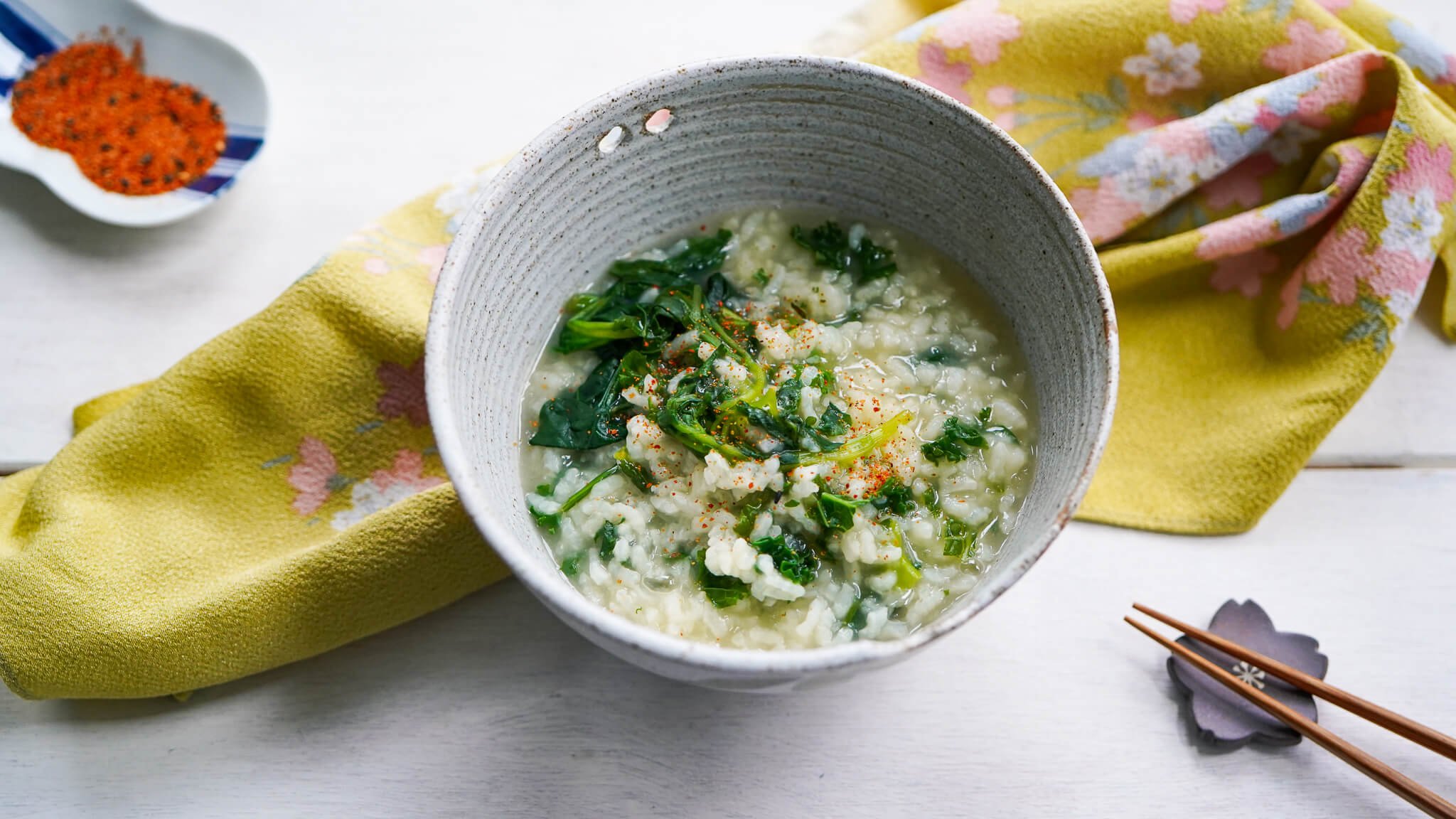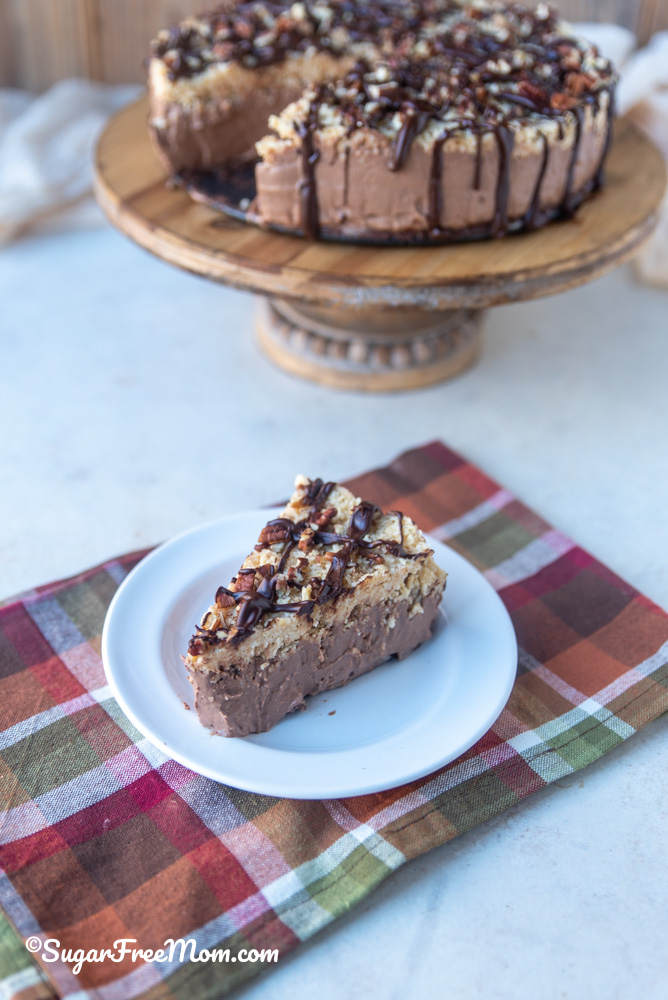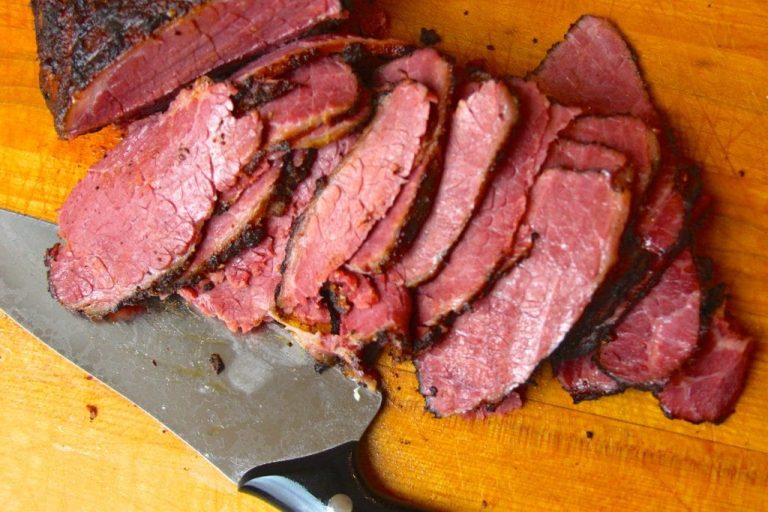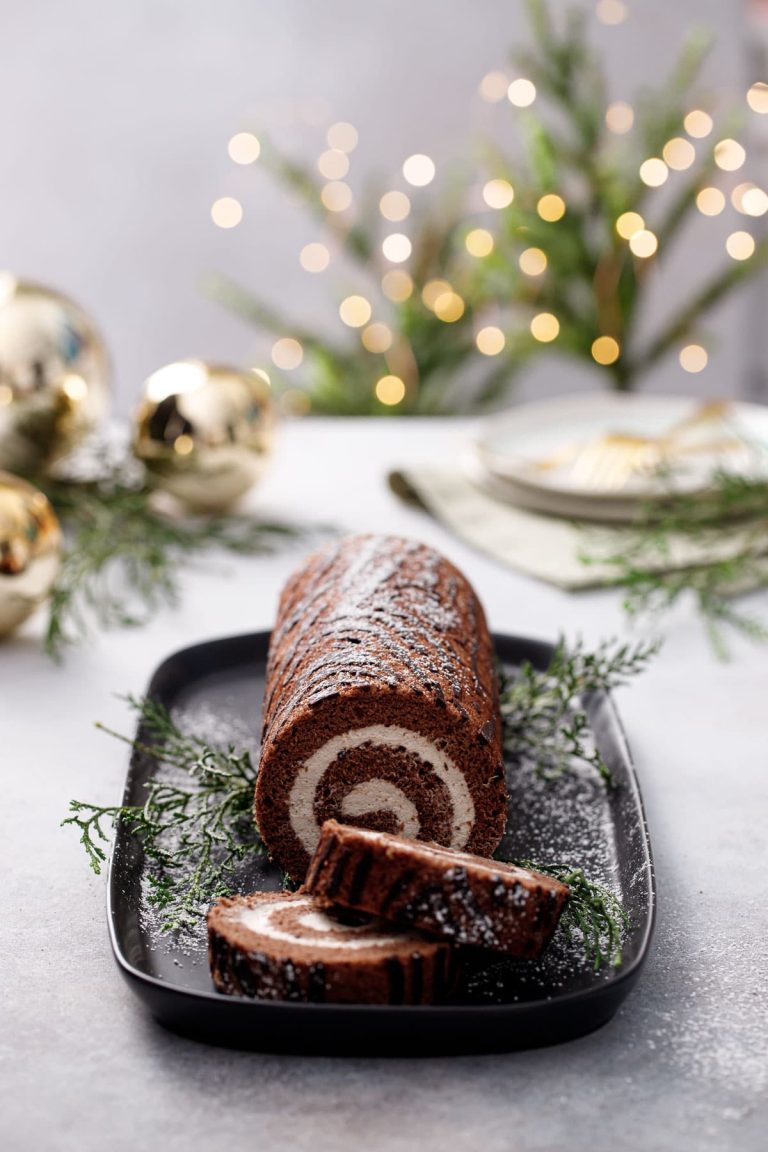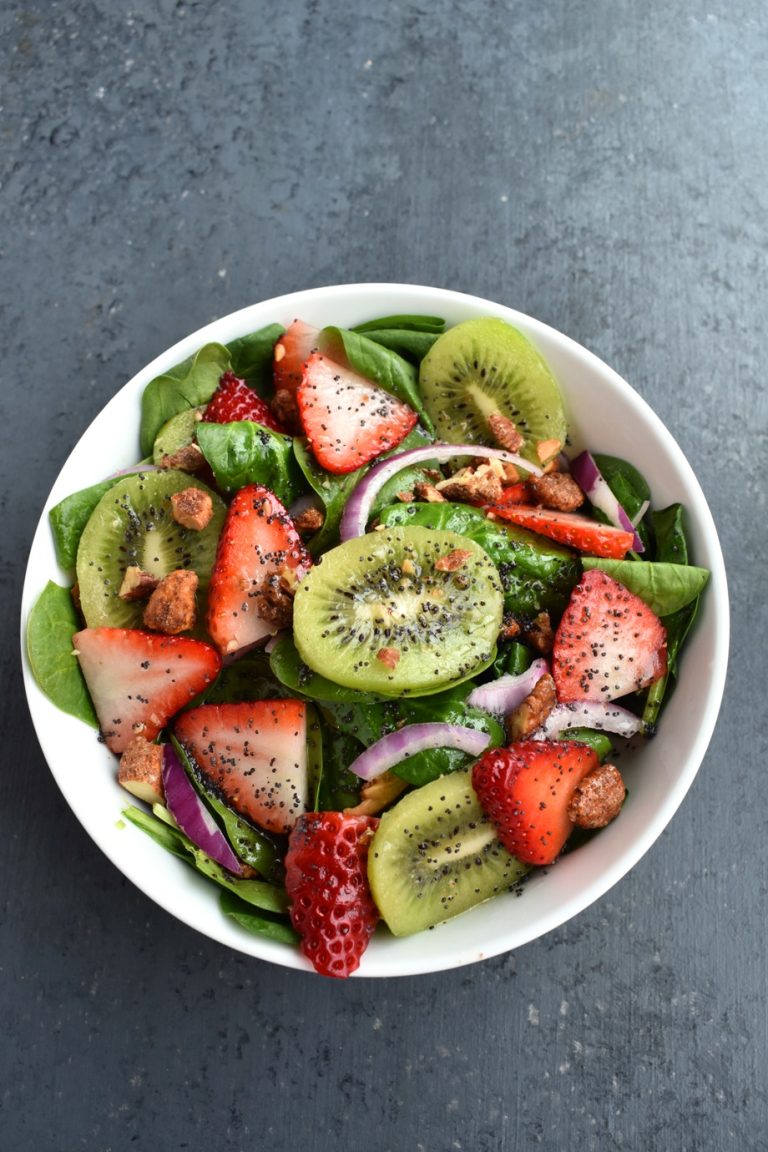Rice From Japan: History, Variations, and Perfect Cooking Tips
Breakfast rice in Japan, often referred to as “gohan,” has roots dating back to the Nara period (710-794 AD). During this time, rice cultivation became widespread, and rice established itself as a staple in Japanese cuisine. Throughout history, rice wasn’t just food but also currency and a symbol of prosperity. In feudal Japan, daimyo (feudal lords) were assessed based on their rice production, demonstrating its economic significance. Breakfast rice evolved to reflect the needs of early farmers and workers who required a nutritious meal to start their day.
Regional Variations
Different regions in Japan have unique takes on breakfast rice, reflecting local ingredients and culinary traditions. In Kansai, breakfast rice might come with “takana” pickled mustard leaves. In Hokkaido, it can include fresh seafood like salmon roe and sea urchin. Okinawa often features “goya champuru,” a stir-fry that includes bitter melon, alongside rice. These regional dishes showcase the diversity and adaptability of Japanese breakfast rice across the nation.
By examining these variations and historical aspects, you can gain insight into the cultural importance of breakfast rice in Japan.
Key Ingredients in Traditional Japanese Breakfast Rice
Rice Types
Japanese breakfast rice, or “gohan,” starts with selecting the right rice type. Short-grain rice, such as “koshihikari” and “akita komachi,” is preferred for its sticky texture. Its consistency helps the rice hold together, enhancing the eating experience. These rice types also have a slightly sweet flavor, making them ideal for breakfast dishes.
Common Additives
Several common additives elevate Japanese breakfast rice. Miso soup provides a savory counterbalance, often included as a staple side. Tsukemono (Japanese pickles), such as pickled plums (umeboshi) and pickled radish (takuan), add tanginess and crunch. Seaweed (nori) offers umami-rich flavor and texture variation. Eggs often feature, with raw egg (tamago kake gohan) being a popular choice. Sprinkle furikake seasoning for extra taste, using options like sesame seeds, dried fish, and chopped seaweed. Sometimes, breakfast rice incorporates natto, which are fermented soybeans known for their strong flavor and texture. For protein, grilled fish (yakizakana) like salmon or mackerel is common, contributing to a balanced meal.
This combination of diverse additives ensures that traditional Japanese breakfast rice remains flavorful, nutritious, and culturally significant.
Nutritional Benefits of Breakfast Rice
Macronutrient Breakdown
Japanese breakfast rice, primarily composed of short-grain rice varieties like “koshihikari” and “akita komachi,” provides a rich source of macronutrients essential for energy and overall health. Each cup of cooked white rice contains approximately 130-140 calories. It comprises around 28-30 grams of carbohydrates, crucial for fueling your body’s daily activities. This portion also provides about 2-3 grams of protein, supporting muscle repair and growth. Although white rice contains minimal fat, usually less than 1 gram per serving, it offers a balanced macronutrient profile when combined with traditional side dishes.
Health Benefits
Regularly consuming breakfast rice can confer several health benefits. First, it offers sustained energy release, thanks to the complex carbohydrates in short-grain rice. This steady energy supply helps avoid mid-morning energy crashes. Next, breakfast rice paired with nutrient-dense sides like miso soup, seaweed, and natto can significantly boost your intake of vitamins and minerals. Miso soup, rich in probiotics, improves gut health, while seaweed provides substantial iodine necessary for thyroid function. Natto delivers high levels of vitamin K2, contributing to healthy bones and cardiovascular health. Combining these ingredients with rice creates a nutrient-rich meal, supporting various bodily functions and promoting well-being.
Popular Breakfast Rice Dishes in Japan
Tamago Kake Gohan
Tamago Kake Gohan, or TKG, combines simple ingredients to create a nutritious and tasty dish. It’s primarily made of steamed rice topped with a raw egg. After cracking the egg over hot rice, you mix them, allowing the heat to slightly cook the egg. Season with soy sauce and occasionally add toppings like green onions or nori (seaweed strips). TKG is known for its creamy texture and rich flavor, making it a favorite in Japanese homes.
Okayu
Okayu, a type of rice porridge, provides a comforting and easily digestible breakfast option. Its preparation involves cooking rice with extra water until it reaches a soft, porridge-like consistency. You can adjust the water-to-rice ratio based on your preferred thickness. Okayu is often seasoned with salt, and you can enhance its flavor by adding ingredients like umeboshi (pickled plum), vegetables, or fish. It’s especially popular for those feeling unwell, as it’s gentle on the stomach while offering essential nutrients.
How to Prepare Authentic Japanese Breakfast Rice
Basic Rice Cooking Techniques
Begin with short-grain Japanese rice such as “koshihikari” or “akita komachi”. Rinse the rice in cold water until the water runs clear. This removes excess starch and ensures the rice doesn’t become sticky. Once rinsed, soak the rice for 30 minutes to an hour. This step is vital for the rice to absorb water evenly.
Place the soaked rice in a rice cooker or a heavy-bottomed pot. Use a 1:1.1 ratio of rice to water for perfect texture. Cover and cook on medium heat if using a pot, reducing to low once it starts to boil, and simmer until water is absorbed. Let the rice steam for 10 minutes off the heat. This resting period enhances the rice’s texture.
Tips for the Perfect Rice
Choose the right rice type: Look for Japanese short-grain varieties. Ensure the rice is fresh and stored properly to maintain its quality.
Control water quantity: Measure water accurately using the specified ratio. Too much or too little water affects the texture.
Use a rice cooker: A rice cooker simplifies the process and maintains consistent temperature and moisture levels.
Avoid lifting the lid: Resist checking the rice while it’s cooking. Lifting the lid releases steam and interrupts proper cooking.
Master steaming: Let the rice steam for 10 minutes after cooking. Fluff it gently with a rice paddle to release excess steam and to maintain its perfect grain structure.
Conclusion
Exploring Japanese breakfast rice opens a window to a rich culinary tradition that’s both nutritious and delicious. By understanding the importance of rice types like koshihikari and akita komachi, you can elevate your breakfast experience. Incorporating dishes such as Tamago Kake Gohan and Okayu not only diversifies your palate but also brings authentic Japanese flavors to your table. Mastering the techniques of rinsing, soaking, and cooking rice ensures you achieve that perfect texture every time. Dive into the world of Japanese breakfast rice and transform your mornings with these delightful, nourishing meals.
